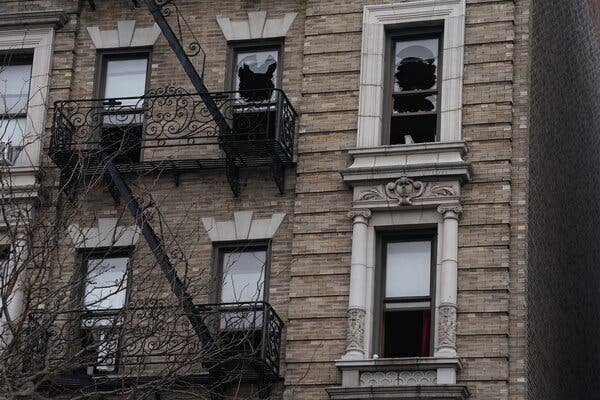Enrollment in New York City public schools increased for the first time in eight years, with over 912,000 students enrolled last school year. The composition of students is changing, with an influx of immigrant students and a decline in Black enrollment. Additionally, there is a growing number of English language learners and efforts to address diversity in the teaching force. Student poverty rates have ticked up slightly, and there are also efforts to support students who identify as nonbinary. While short-term enrollment projections are positive, long-term trends suggest a potential decline in enrollment due to factors like declining birth rates and out-migration.
New York City Public School Enrollment Trends: What You Need to Know
Student enrollment in New York City’s public schools saw a rare uptick last year, breaking an eight-year trend of declining numbers. With just over 912,000 students enrolled in prekindergarten to 12th grade programs, the city is facing shifting demographics and new challenges in education policy.
Here are five key points to understand about student enrollment in New York City based on the latest data:
1. Influx of Immigrant Students: Over the past two years, there has been a significant increase in migrant students from Latin America, West Africa, and other regions enrolling in city schools. Approximately 40,000 new students living in temporary housing have joined the system, leading to a rise in the number of English language learners to over 148,000 students.
2. Changing Demographics: The composition of city students is evolving, with the share of Black and Asian American students now nearly equal. While Black students make up 19.5% of the system, Asian American students account for 18.7%. This shift reflects broader demographic changes in the city, with the Black population declining by 9% and the Asian American population growing by nearly 8% over the past decade.
3. Increasing Student Poverty: Both the student poverty rate and the Economic Index, which considers additional factors like homelessness and English language proficiency, have shown a slight increase in the past year. The student poverty rate rose to 75%, while the Economic Index ticked up to 73.3%.
4. LGBTQ+ Representation: The city began tracking students who identify as nonbinary two years ago, with 178 students falling into this category last year. Efforts are underway to create schools specifically designed to support LGBTQ+ and gender nonconforming students, although some proposals have not been approved.
5. Enrollment Projections: While short-term projections suggest a slight increase in enrollment, long-term trends point towards potential declines. Demographic projections indicate a possible drop of nearly 230,000 students, or 26%, in pre-K-12 enrollment by 2032. Factors such as declining birth rates and out-migration are expected to contribute to this decline.
Looking ahead, the city faces the challenge of adapting to changing student demographics, addressing the needs of diverse student populations, and planning for potential enrollment fluctuations. By understanding these trends and preparing for future shifts, New York City can better meet the evolving needs of its public school system.
Source: TheCity.NYC









